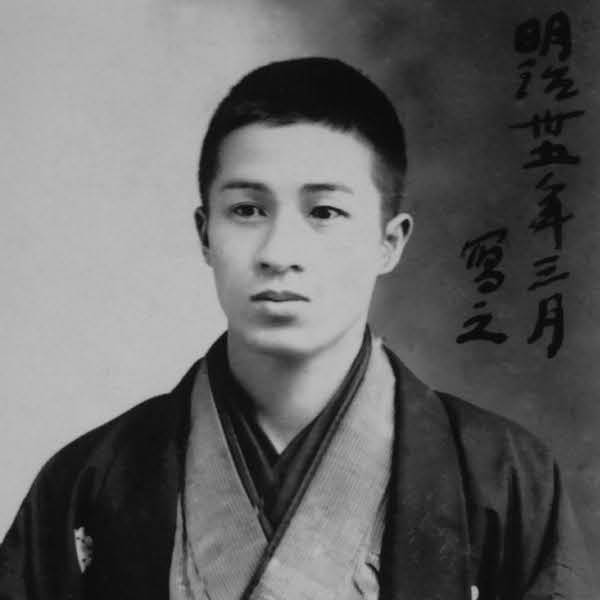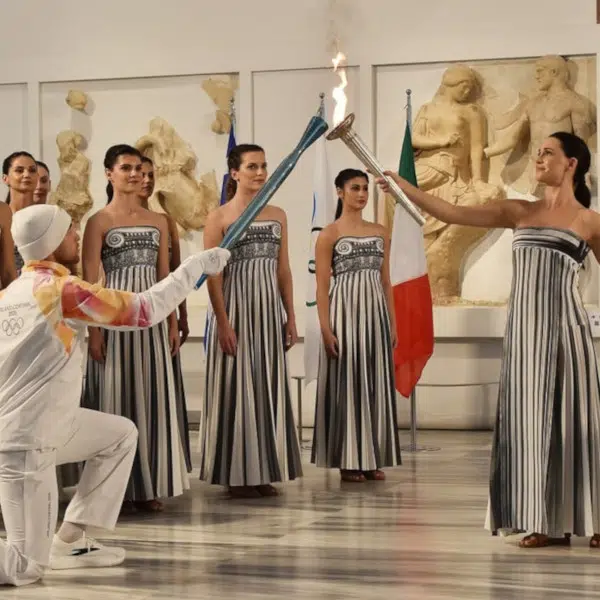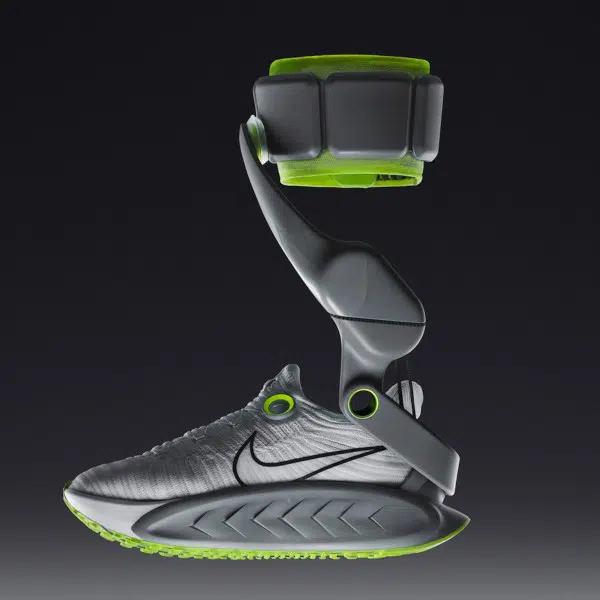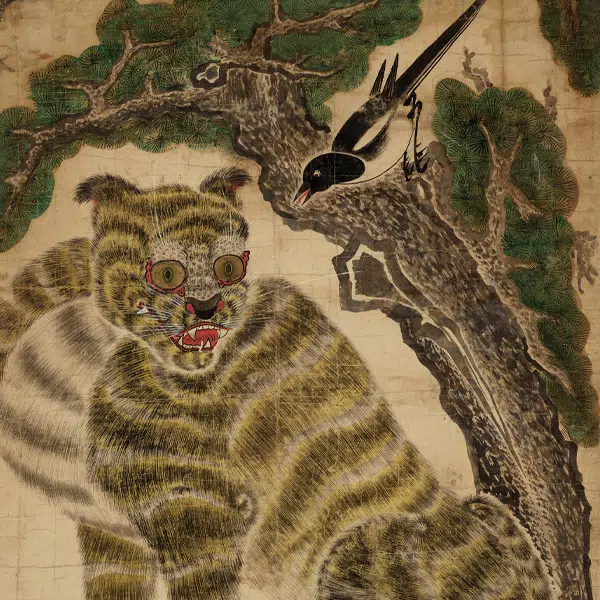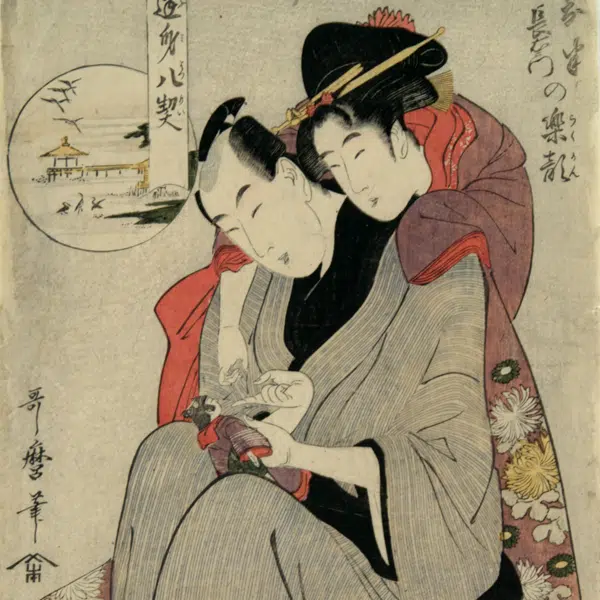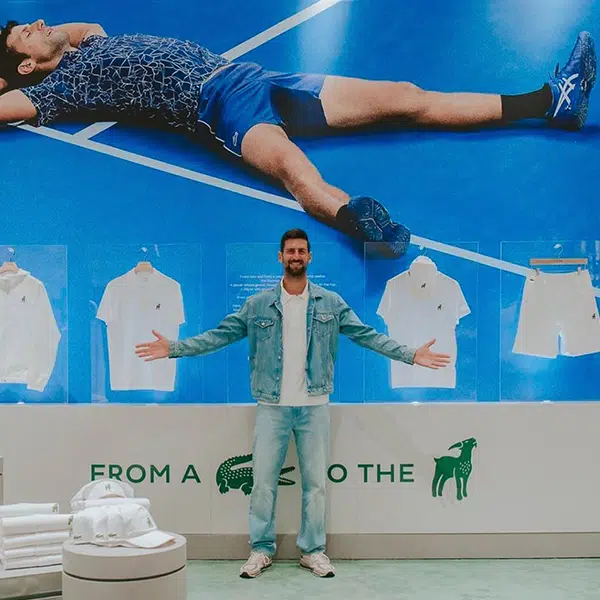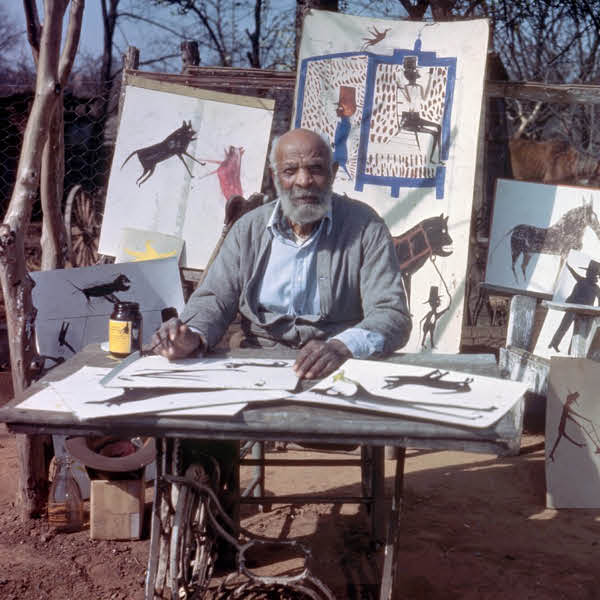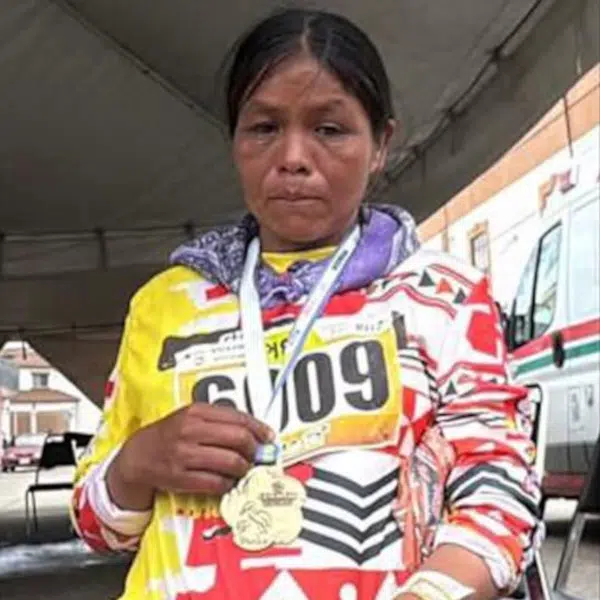The world is a stage, and Paris is a catwalk.
The #OpeningCeremony is France's largest nightclub. Celebrities are showcasing young French designer talent, while DJ Barbara Butch provides the tunes. The perfect moment for the last delegations to arrive. ✨ #Paris2024 pic.twitter.com/zOzELw8n8a
— The Olympic Games (@Olympics) July 26, 2024
The Olympic opening ceremonies are watched by millions of people around the globe and this year's spectacle in Paris was no exception. Breaking from tradition, it was a huge celebration on the River Seine instead of being based in a stadium. There were plenty of heart-stopping moments, from a speedboat filled with Olympic champions to a comeback performance by Celine Dion. But one section of the four-hour ceremony, which was a celebration of French history and culture, has stirred up controversy.
Toward the latter half of the ceremony, in a section called “Festivité” (“Festivity”), drag performers and dancers surrounded a large banquet table that was initially used as a runway by models of all ages and genders until it evolved into a giant party. DJ and LGBTQ+ activist Barbara Butch stood at the center of the table, with her hands opened in a heart shape to evoke the “love” theme of the ceremonies. At a certain point, a man painted blue—French entertainer Philippe Katerine—laid on the table as the embodiment of Dionysus, the Greek god of wine.
The surreal scene immediately caught the attention of viewers, but not everyone was pleased. The backlash began on social media, where people began decrying the scene as mocking Catholicism and stating that it was a mockery of The Last Supper. Conservative politicians and religious groups, including French bishops, quickly followed in criticizing the scene.
The interpretation of the Greek God Dionysus makes us aware of the absurdity of violence between human beings. #Paris2024 #OpeningCeremony pic.twitter.com/FBlQNNUmvV
— The Olympic Games (@Olympics) July 26, 2024
While Olympic officials issued an apology, stating, “If people have taken any offense, we are, of course, really, really sorry,” they did not mention any relationship to The Last Supper. Artistic director Thomas Jolly, was even more clear in his statements, sharing, “I wanted to send a message of love, a message of inclusion and not at all to divide.”
He also clearly shot down the idea that the controversial scene was inspired by The Last Supper. “It’s not my inspiration and that should be pretty obvious. There’s Dionysus arriving on a table. Why is he there? First and foremost because he is the god of celebration in Greek mythology and the tableau is called ‘Festivity’,” explained Jolly.
“He is also the god of wine, which is also one of the jewels of France, and the father of Séquana, the goddess of the river Seine,” he continued. “The idea was to depict a big pagan celebration, linked to the gods of Olympus, and thus the Olympics.”
Many have pointed out that the scene's styling more closely resembles The Feast of the Gods, a 17th-century painting by Dutch artist Jan Harmensz van Biljert. This would make sense, given the Olympic Games' origins.
Though Jolly's message of inclusion appears to have missed the mark with some, a recent poll shows that the French public doesn't agree. A poll released by the Paris organizers on July 28 showed that 86% of the French population believed that the ceremonies were a success.
Many were outraged at a scene from the Olympic opening ceremonies that was perceived as mocking The Last Supper. However, the tableau was actually an interpretation of a banquet with the Greek gods.
Everyone who is outraged by the Olympic opening ceremonies needs to know that they were recreating the Feast of Dionysus, not the Last Supper. Education is important. pic.twitter.com/fxih1RBESk
— Chris Sigurdson (@sigurdson_chris) July 27, 2024
Thomas Jolly, the artistic director of the ceremonies, said, “I wanted to send a message of love, a message of inclusion.”
View this post on Instagram
View this post on Instagram
h/t: [USA Today]
Related Articles:
French Artist JR Carries the Olympic Flame Through the Louvre
Majestic Photo of the Full Moon Inside the Eiffel Tower’s Olympic Rings
British Diver Tom Daley Reveals His Completed Tokyo Olympics Knitted Cardigan
Simone Biles Silences Harsh Critics After Tokyo Olympics With Magnificent Instagram Post











































































